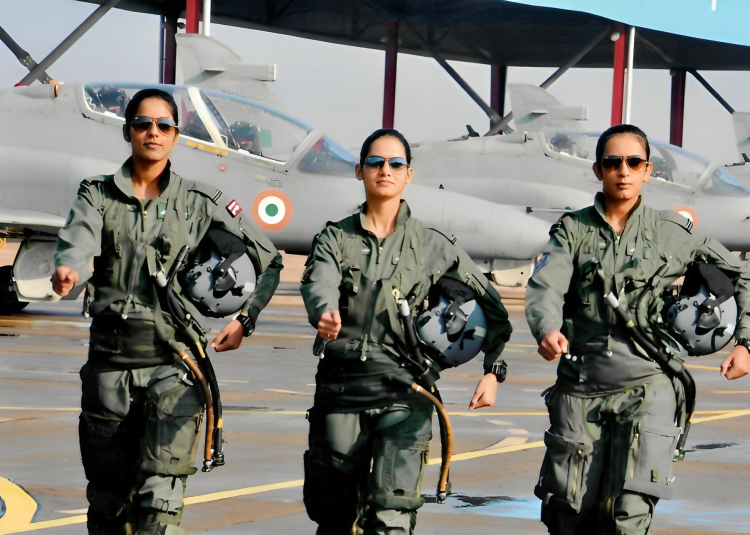Indian Air Force (IAF) pilots routinely push their bodies and machines to the edge. Operating advanced fighter aircraft like the Su-30MKI, Rafale, and LCA Tejas, they endure rapid accelerations, tight turns, and high-altitude climbs that subject them to immense gravitational forces (G-forces).
In such extreme conditions, one piece of life-saving gear becomes absolutely essential — the G-suit, or anti-gravity suit. It’s not just a garment; it’s a scientific marvel that enables survival and performance in the skies.
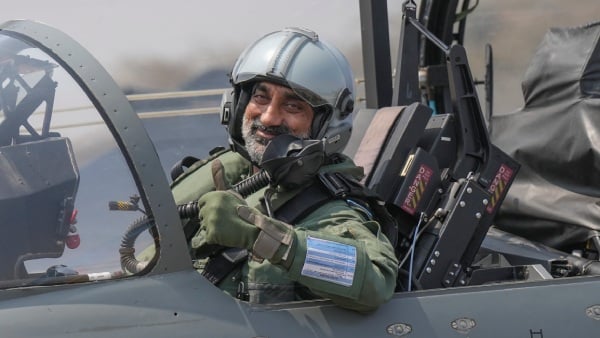
What Is a G-Suit?
A G-suit is a specially designed flight suit worn by military pilots and astronauts to protect the body from the harmful effects of high G-forces. It typically covers the lower body and includes inflatable bladders or fluid-filled compartments that press against the abdomen and legs.
These suits counteract the natural downward pull of gravity on blood flow during sharp maneuvers, preventing a potentially fatal condition called G-LOC (G-force-induced Loss of Consciousness).

The Danger of G-Forces
G-forces are experienced during rapid acceleration, deceleration, or tight aerial turns. In high-performance aircraft, pilots often encounter forces up to 9G, meaning their body weight feels nine times heavier than usual. Under such pressure, blood naturally drains from the brain toward the lower limbs, risking a condition called G-LOC (G-force-induced Loss of Consciousness). Symptoms can escalate from greyout and tunnel vision to complete blackout—potentially fatal in the middle of a flight mission.
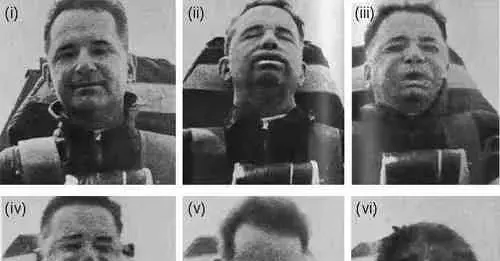
The Science of G-Forces
During fast aerial maneuvers, pilots can experience up to 9G, meaning their body feels nine times heavier than normal. At such force levels:
- Blood is pulled away from the brain to the lower extremities.
- This causes greyout, tunnel vision, or blackout.
- If unchecked, it can result in complete loss of consciousness (G-LOC) — a deadly situation mid-flight.
The G-suit’s compression technology prevents this by keeping blood circulating to the brain even under intense acceleration.
Here is a video showing the fatality of 9G force for a few seconds:
How G-Suits Work?
Modern G-suits are integrated with sensors that inflate air bladders as G-forces increase. This external pressure on the legs and abdomen:
- Keeps blood from pooling in the lower body,
- Maintains blood pressure to the brain,
- Works alongside Anti-G Straining Maneuvers (AGSM) — a technique where pilots tense their muscles and regulate breathing to maintain consciousness.
Together, the G-suit and pilot’s training act as a dual shield against high-G trauma.
Here is a video explanation:
Why Indian Air Force Pilots Depend on G-Suits?
The key reasons of G-Suits being critical for the IAF are:
- Combat aircraft like Rafale and Su-30MKI perform high-speed, high-G turns.
- Training exercises and real combat both involve extended high-G exposure.
- G-suits improve survivability, combat efficiency, and endurance during prolonged missions.
They form part of a comprehensive pilot life-support system that includes oxygen masks, helmets, and pressure suits.
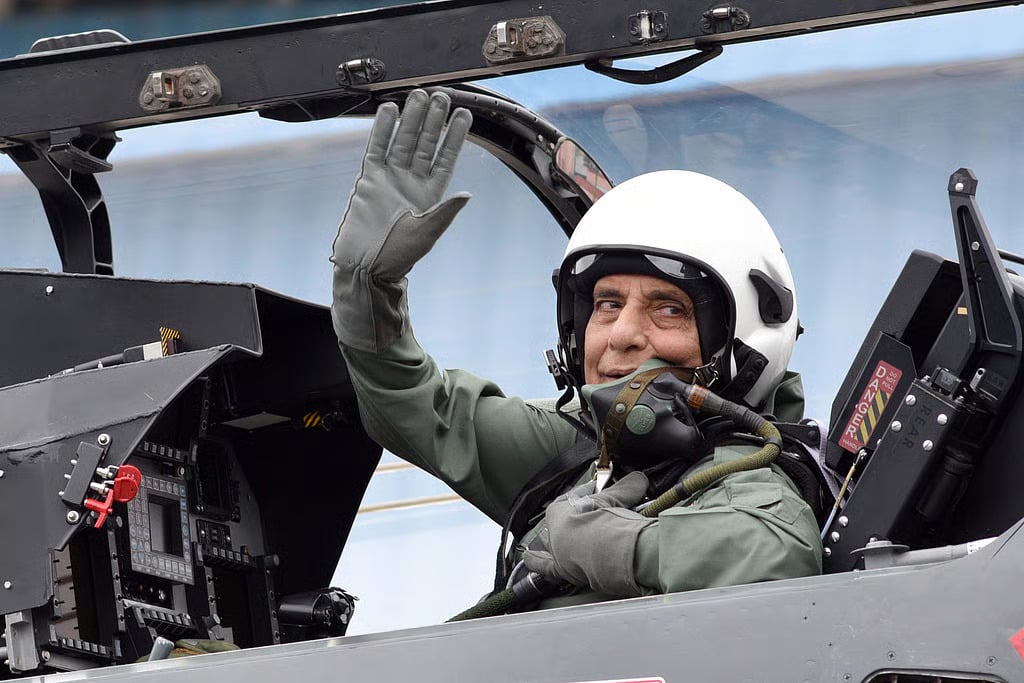
Indigenous G-Suit Development in India
India has made remarkable strides in developing its own indigenous G-suit technology:
- The Defence Bio-Engineering & Electromedical Laboratory (DEBEL), a unit under DRDO, has designed G-suits for aircraft like MiG-29, Mirage 2000, and LCA Tejas.
- These suits are:
- Flame-retardant,
- Made with thermo-resistant materials,
- Designed to enhance G-tolerance by 1 to 1.5 G,
- Tailored for tropical and subcontinental conditions.
The move from imported to Make in India G-suits reflects India’s drive toward self-reliance in aerospace technology.
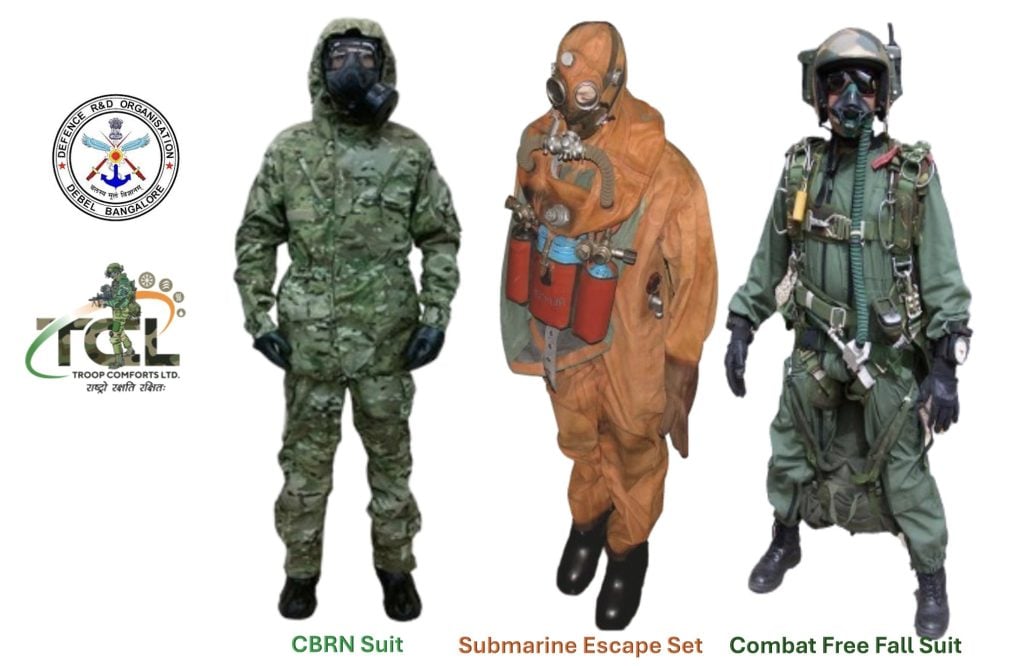
Global Standards vs. India: How IAF G-Suits Compare
While the US Air Force (USAF), Royal Air Force (RAF), and Russian Aerospace Forces use advanced G-suit systems, India stands out for its commitment to indigenization. Under the Atmanirbhar Bharat mission, the IAF now has:
- Customized, locally manufactured G-suits,
- Faster access to maintenance and upgrades,
- Reduced dependency on foreign vendors.
This not only enhances combat readiness but also supports the Indian defence manufacturing ecosystem.
The Future of G-Suits in India
India is already planning the next generation of G-suits, as evidenced by DEBEL’s R&D initiatives:
- Smart fabrics that adjust compression automatically based on body signals,
- Biometric sensors to monitor heart rate, oxygen saturation, and fatigue,
- Real-time health feedback sent to flight command systems.
Such intelligent flight gear could dramatically improve pilot safety, situational awareness, and mission effectiveness in the years ahead.
Conclusion
The G-suit is more than military apparel — it’s a sophisticated life-support system that protects IAF pilots in some of the most punishing environments known to man. As India strengthens its air defence and aerospace capabilities, innovations in G-suit technology exemplify the powerful intersection of science, engineering, and national security.
With homegrown expertise and futuristic vision, India ensures that its fighter pilots remain safe, sharp, and sovereign in the skies they defend.

